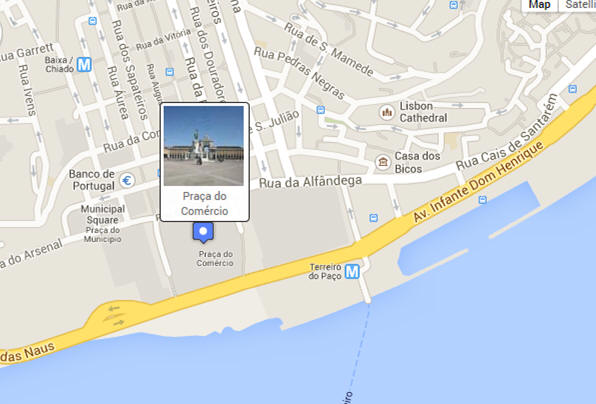Lisbon, Portugal
May 10 (Saturday) - Lisbon, Portugal (7:00-5:00)
Booked April 23
The One Thing You Don't Want to Miss
Don't miss the Mosteiro dos Jeronimos, or Jeronimo's Monastery. Commissioned in
1501 after Vasco da Gama's return from his voyage, this remarkable monastery is
a beautiful and unique example of Manueline architecture.
Other Fun Things to Do
Explore the streets of Lisbon from Rossio Square to the main thoroughfare, the
Avenida da Liberdade. Visit the monastery and the Maritime Museum, which houses
miniature boats and original maps chronicling the history of navigation from the
Middle Ages to today.
Visit Sintra, considered one of the most beautiful palaces in Portugal. It was
once the summer residence of Portuguese kings and aristocrats.
Walk through the charming village of Fatima, where numerous sightings of the
blessed Virgin Mary have been reported.
Get a Taste of Local Flavor
While you're in Portugal, be sure to try the fantastic Portuguese breads. They
make a delicious accompaniment for seafood stews and soups.
Lisbon, Portugal’s bright capital, spreads along the north
bank of the River Tagus, which meets the ocean here. One of the few European
capitals with both a river and a coastline, Lisbon has Praça do Comércio square
as its main meeting area. The city has always been ready to welcome new visitors
and to bid a fond farewell to those departing, something that was never more
true than when saying goodbye to sailors at the time of the great Portuguese
maritime discoveries.
This is why there are many important Manueline monuments shining in the light of
Lisbon and its surrounding region, such as the Torre de Belém and the Mosteiro
dos Jerónimos. The modern leisure area of the Parque das Nações proves that
Lisbon still maintains its close links with the river today.
Here, for example,
you will find the distinctive mark of Álvaro Siza Vieira on one of the buildings
that hosted the last world exposition of the 20th century, dedicated to the
theme of the oceans. In contrast to this, do not miss the picturesque mediaeval
quarters of Alfama and Mouraria, above which stands the castle. This castle,
matched by Bairro Alto on the other hill, leads down to the downtown city centre
known as the Baixa pombalina.
Lisbon is also at the centre of a region rich in diversity. Just outside the
city are the seaside resort of Estoril and the romantic hills of the Serra de
Sintra, where the perfect bond between palaces and nature led to the area being
classified as a world heritage site. It is the sea, the climate and the stunning
nature that give this region its peculiar energy.
Its many parks and nature
reserves encourage visitors to spend time in the open air, enjoying the peace
and quiet of a round of golf or the adrenaline buzz of surfing. Perhaps this is
why Lisbon is a city that is full of life. Here people have an exuberant party
spirit, doing things spontaneously for the sheer pleasure of spending time in
the company of others.
To end your day you could experience the traditional and relaxed atmosphere of a
Fado House. Or, if you’ve still got enough energy left, pop into the various
discos along the banks of the river and dance until the early hours. In fact why
not stay up until dawn and take in the day-break on the banks of the River
Tagus, before enjoying a well-earned sleep?
Fatima
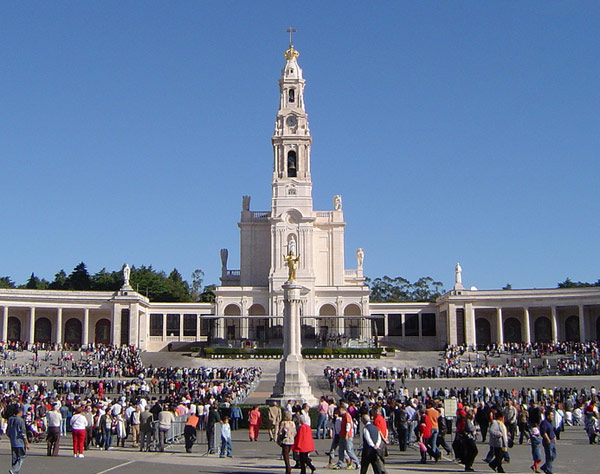
Fatima On Your
Own Transfer - LS07
This tour is designed to allow you to visit the famous Village of Fatima on your
own schedule. On the 13th May 1917, three young shepherds were tending their
sheep at Cova da Iria, when the sky suddenly lit up: the virgin appeared before
them in an oak tree, and spoke Her message, which was repeated insistently and
gravely at each appearance on the 13th day of each subsequent six months. It was
a call to peace. It was particularly apt since Europe had then been in war for
three years. You will have approximately 2.5 hours at leisure to pray, reflect
and explore the shrine on your own.
Note: The walking in Fatima is at the guests' discretion over even surfaces. A
dress code is enforced in the basilica.
Short pants and tank tops are not
acceptable. A Guide will be on the coach to/from Lisbon to answer any questions.
The drive between Lisbon and Fatima is approximately 2 hours each way, dependent
upon traffic conditions. Lunch is not included in this tour; therefore, it is
suggested to have local currency with you. If guests should miss the return
coach, transportation back to the vessel is their own responsibility and at
their own expense.
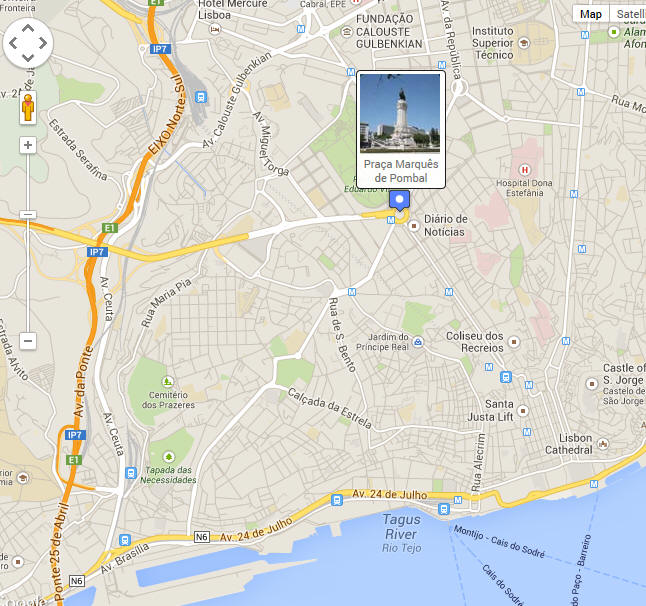
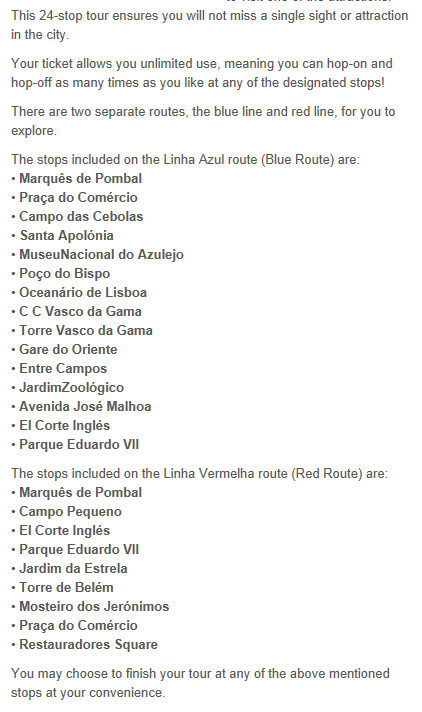
RCL Excursions
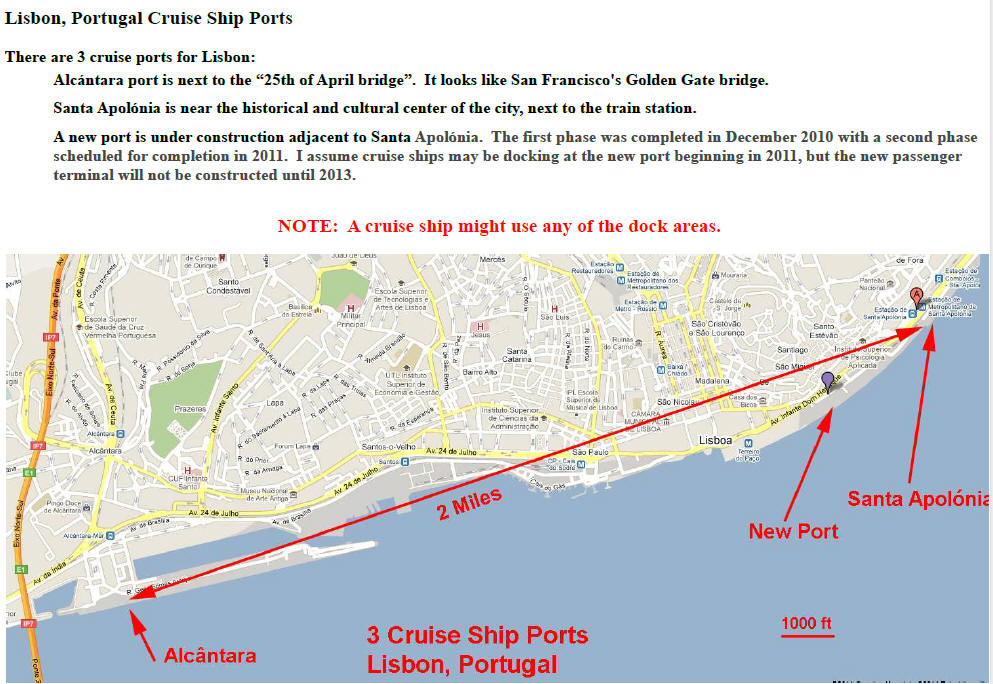
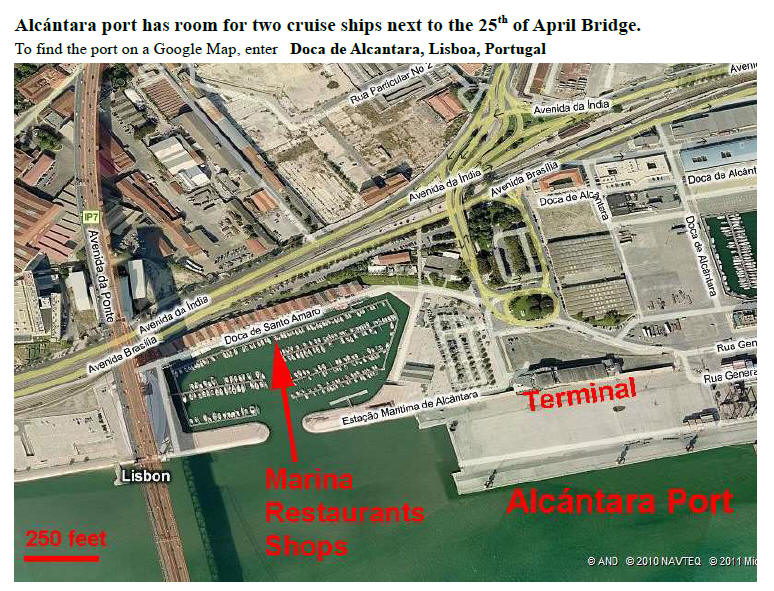
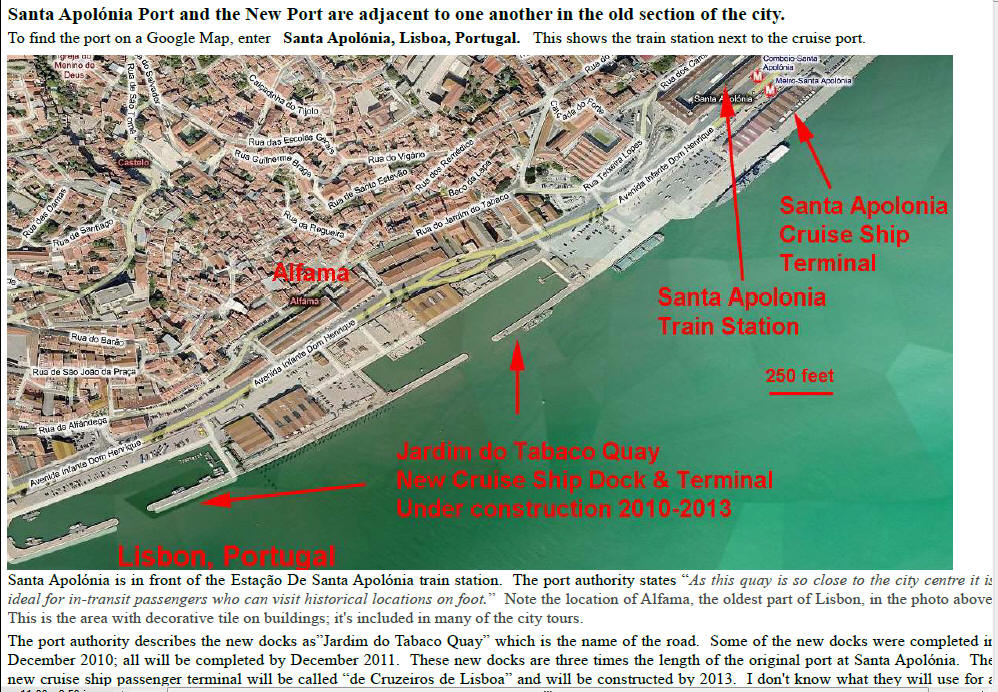
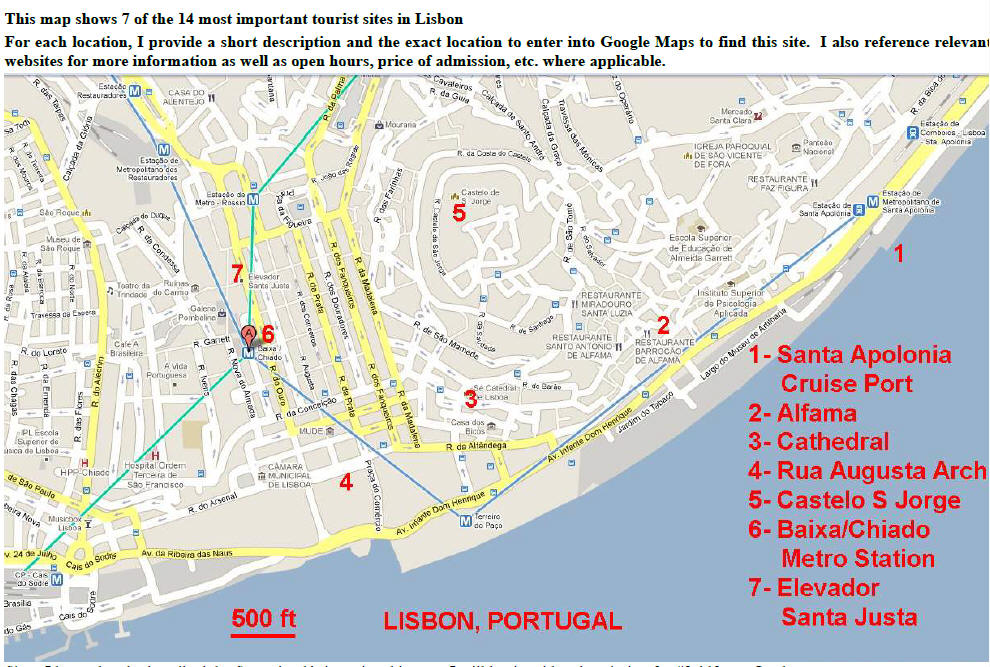
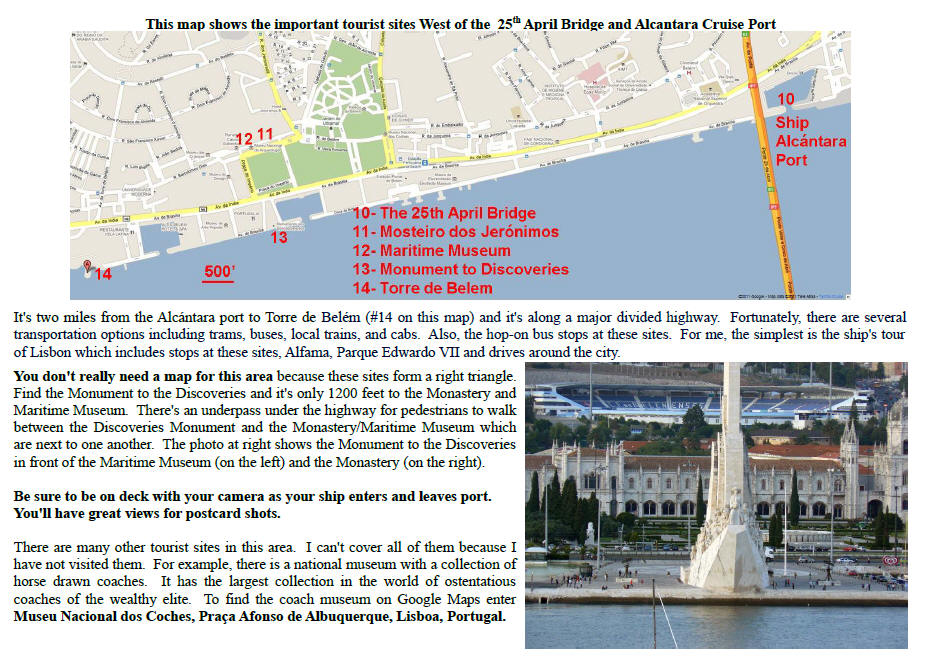

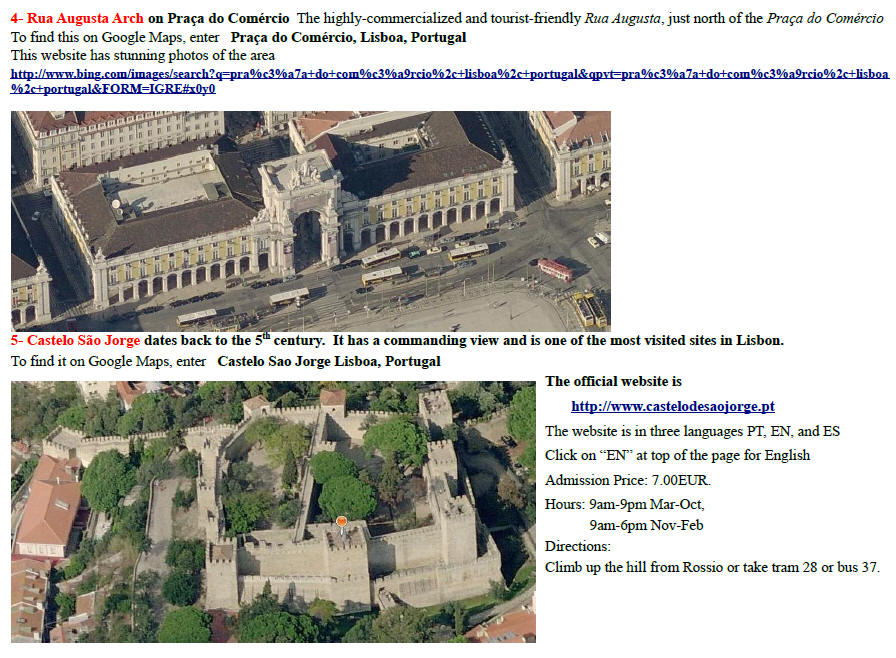
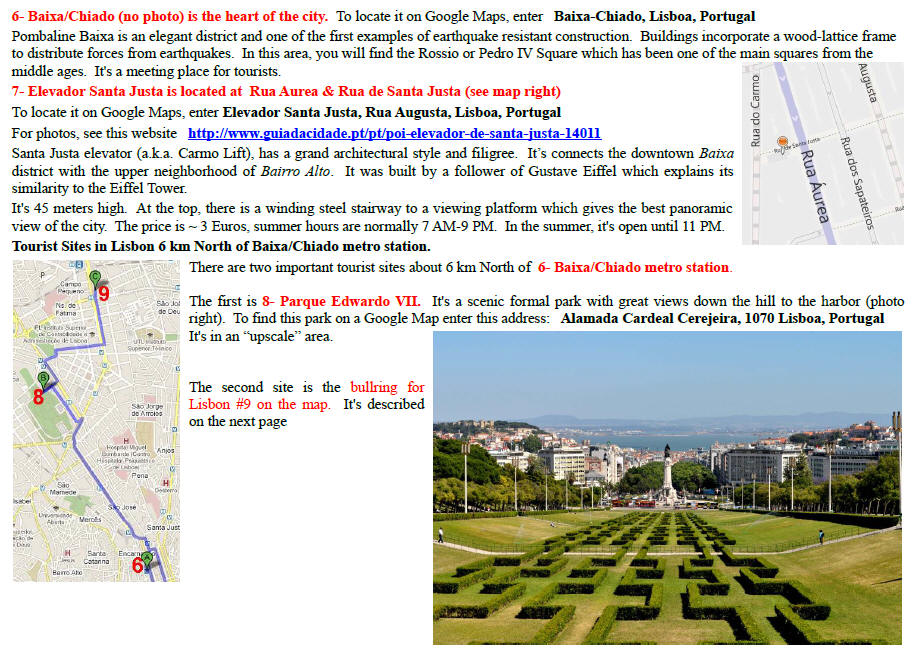
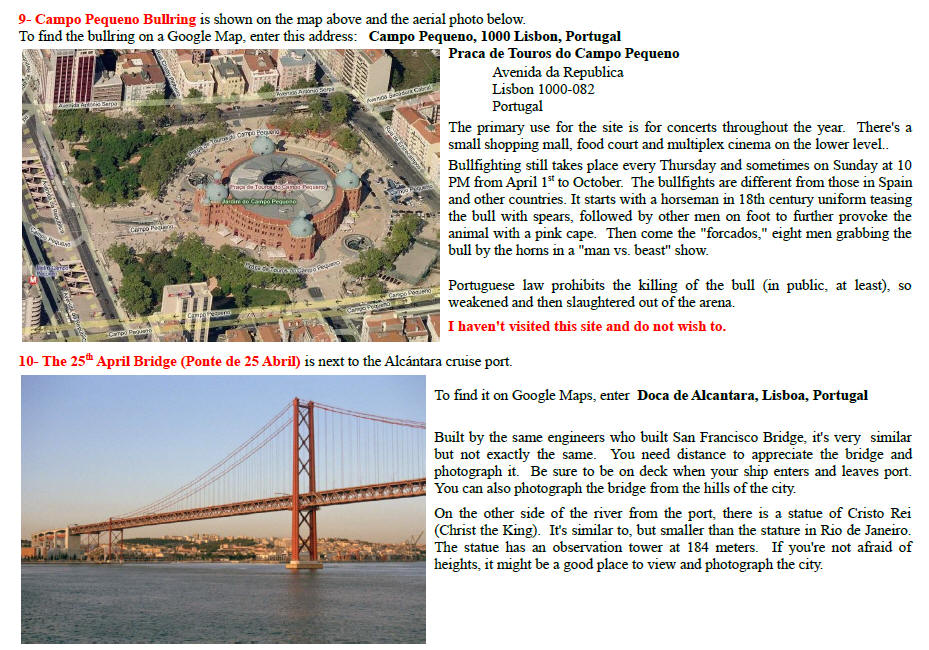
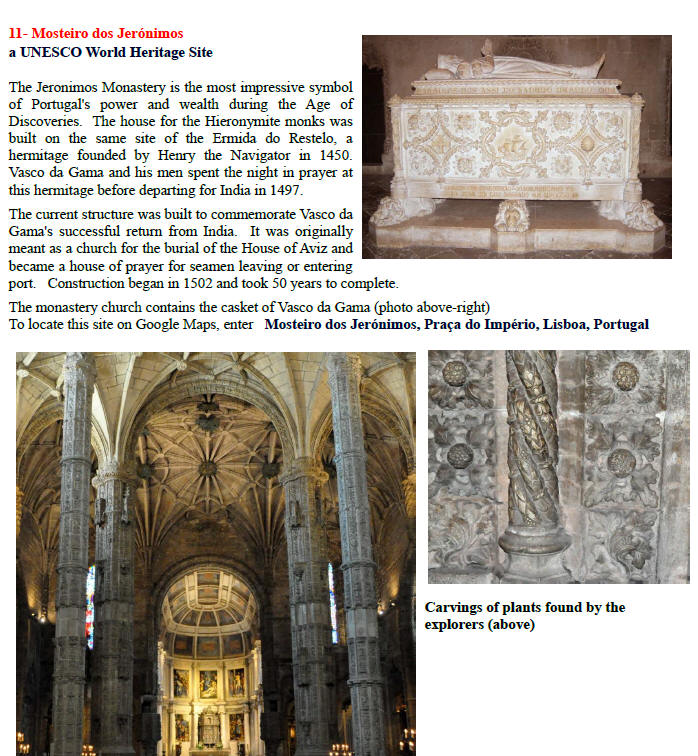
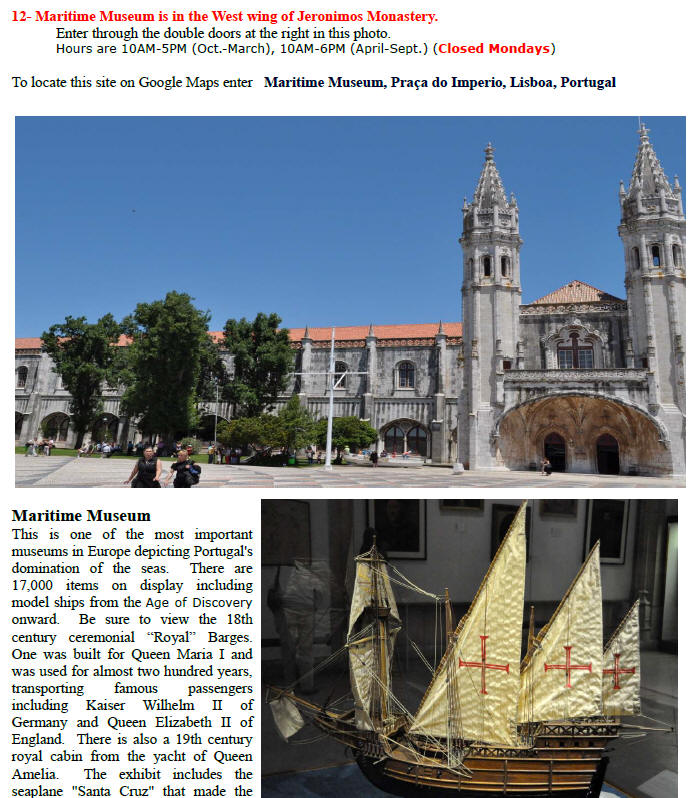
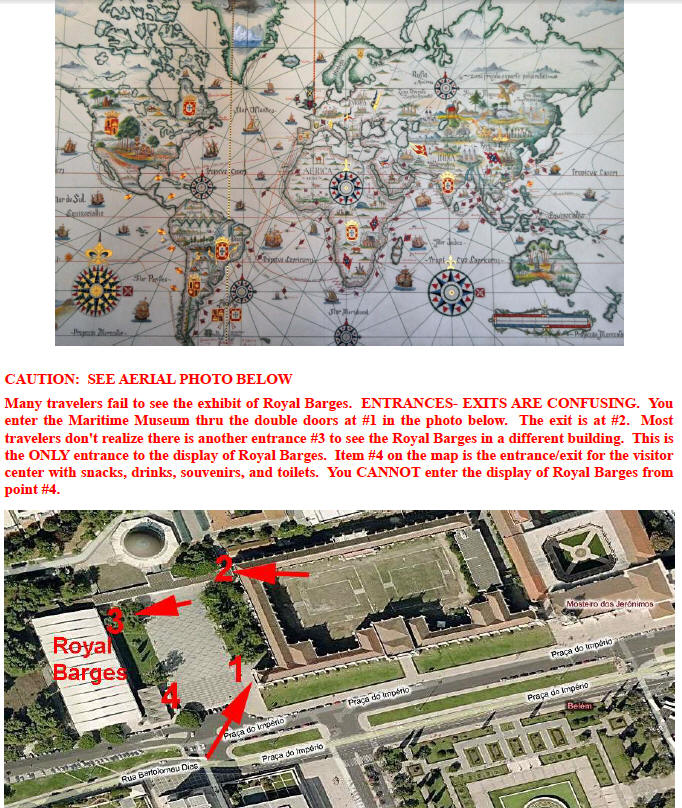
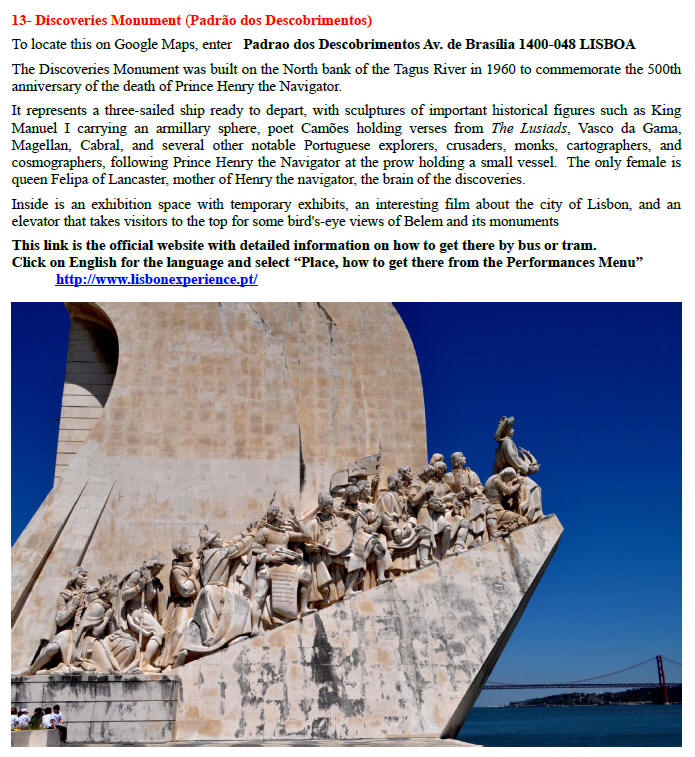
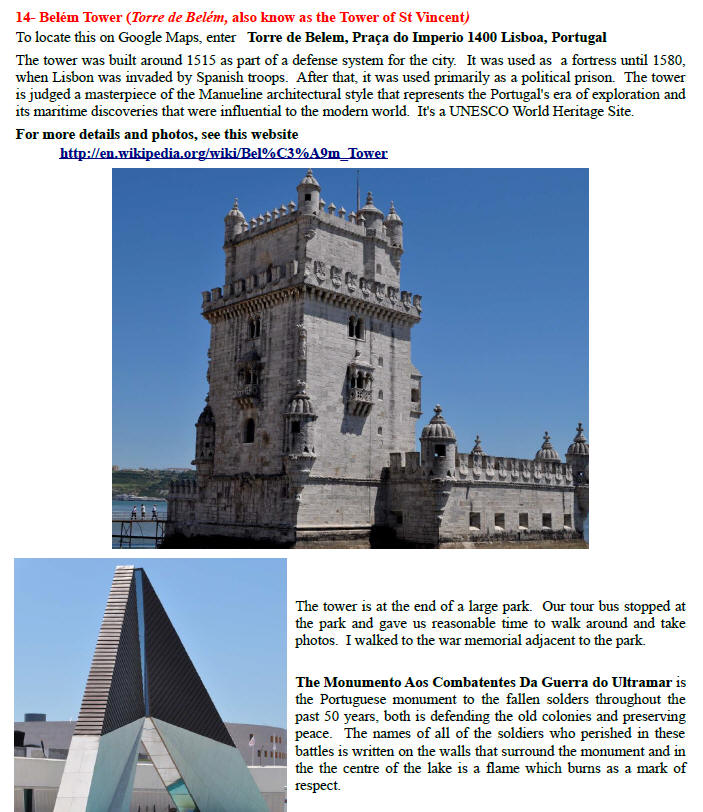
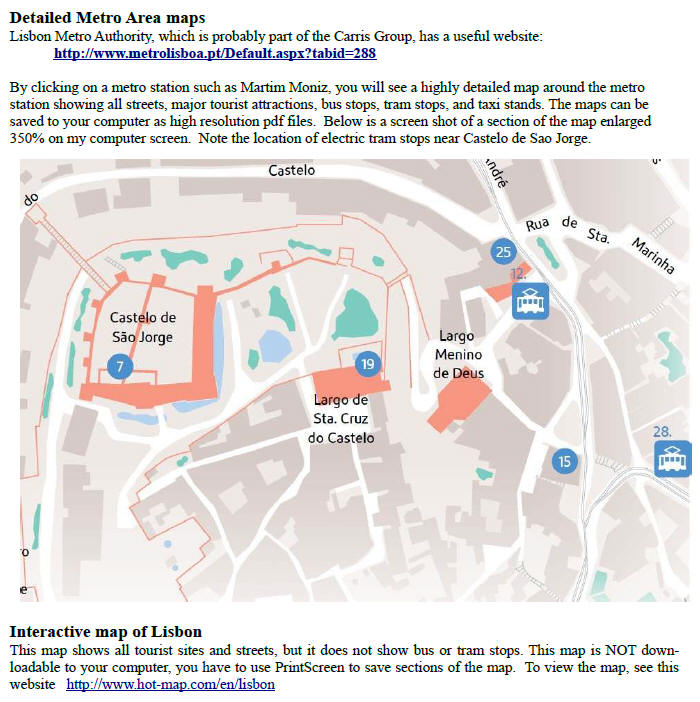
Lisbon, Portugal
We wanted a unique travel experience, not just another "typical" tourist destination... and we found a very special place in Lisbon. Rooted in the past with time-weathered buildings and cobblestone streets, Lisbon is rich in charm and history. Lisbon faces the ocean, unusual for European cities, and is called "the City of the Seven Hills." Lisbon is certainly fun to explore varied neighborhoods, recently experiencing a renaissance.
Alfama, the oldest neighborhood, traces back to the Moors, now reached by the famous Tram, #28. More than the single stop, we hopped on and off that roundabout trolley touring our way through Lisbon. Part of another historic hill district, Bairro Alta, now hosts a hip nightlife, with offerings from many local eateries and drinking establishments.
And then there is Belem, graced with grand architecture, so grand that Belem
Tower, built in 1515, reigns as a most famous, well-visited landmark... does the
U.S. have anything of such ageless beauty to compare? In the end, we chose to
spend most of our time in the "lower town," otherwise known as Baixa --
historically, as well as presently -- the heart of Lisbon.
Baixa is bound together with a series of squares and was rebuilt in 1755 after a
disastrous earthquake. Interestingly, Baixa can be considered Europe's
first example of urban planning.
Designed in a large, rectangular shape, the district is replete with
neoclassical buildings throughout. Streets are named after traditional crafts
and businesses -- Rua da Prata (Silversmiths' Street) and Rua dos Sapateiros
(Cobblers' Street), among others.
Originally, the area was government and commercial and, today, consists mostly
of galleries, restaurants, tourist fare and work-a-day city commerce. Baixa's
most important square, the Rossio, houses one of the most eccentric structures
on its western end. The Elevador de Santa Justa was built in 1902 as an
almost-copy of the Eiffel Tower. We rose in a giant elevator up through the
latticework metal tower to appreciate beautiful panoramic views of Alfama and
Barrio Alta.
New Yorkers are fond of the saying, "What is morning without a good cup of
coffee?" Lisbon is mecca for coffee drinkers. Every café serves pastry --
croissants and rolls as well as the most popular Portuguese custard tart. Coffee
is strong bica (espresso) or milky galao (latte) and universally delicious.
In Rossio, we visited Café Nicola. Tied to the past by its 1929 art deco façade,
Café Nicola remains now, as then, Lisbon's literary and political meeting point.
An even older café, Pastelaria Suica, invited us to sit outside on the terrace
and indulge in the festive atmosphere and people-watching.
The grandest building in Rossio Square is Teatro Nacional Dona Maria II. What an
interesting history... strange, really, and similarly as strange as other
historical buildings in Lisbon. Teatro was built on the ruins of Palacio dos
Estaus, burned down after housing the court of the Holy Inquisition.
Today, Teatro, is more than just a concert hall, and includes a theater, studios
and is a proud home for community activities.
Continuing on through Rossio we emerged onto Restauradores. This large square
commemorates Portugal's liberation in 1640 from 60 years of Spanish rule. Don't
miss the Foz Palace, standing on the west side of the square. Originally built
as an estate of the Marquis of Foz, the building interiors and furnishings were
inspired by Versailles. Just check ahead, as special permission is needed to
visit.
Next door to the Foz is another art deco gem, the Eden Cinema. The German
filmmaker Wim Wenders used the cinema's lavish interiors in his movie
Until the End of the World.
Not a movie buff? The 1929 interiors can still be viewed today; the Eden is now
a hotel.
The Rossio and Restauradores Squares, in particular, are surrounded by
interesting places to stay. If modern Lisbon is your choice, then Internacional
Design overlooking Rossio is perfect. Only four-years-old, The Design is fun and
funky. Every floor has a different theme -- this is not your usual hotel.
If you want to embrace historic Lisbon, enjoy the Heritage Avenida Liberdade.
Remodeled from an 18th century townhouse, the interiors are complemented with
hand-painted tiles and antique furnishings. Laid-back and graceful, the hotel
has a particularly lovely touch -- tea, shortbread and port wine are offered
daily to visitors.
Lisbon is often overlooked for its ever-popular European cousins, but is a
quirky, unique find. We found the bleached-out limestone buildings, old world
mystique and most appealing laid-back charm, a wonderful addition to our list of
never ending quests to experience the world
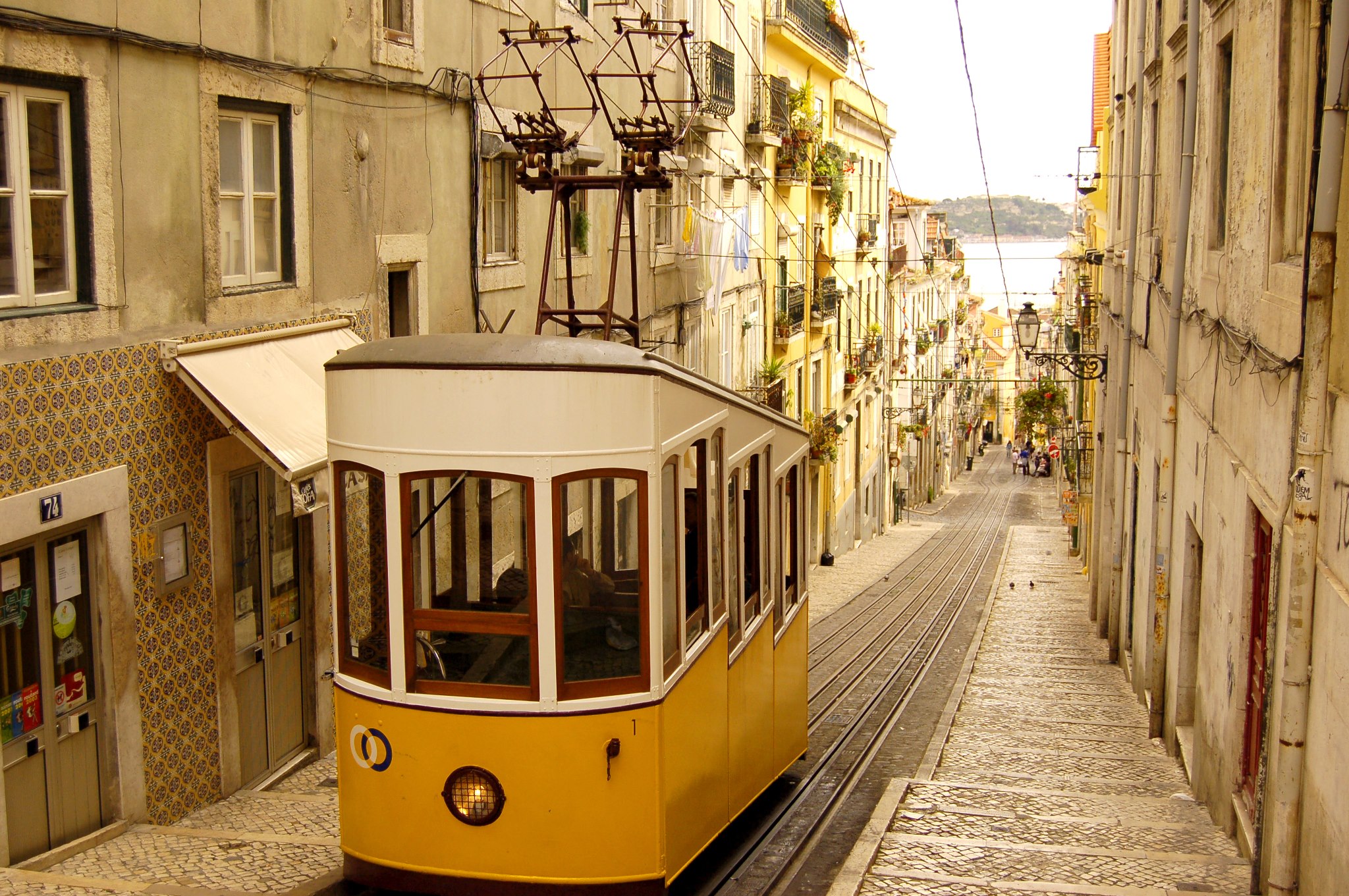
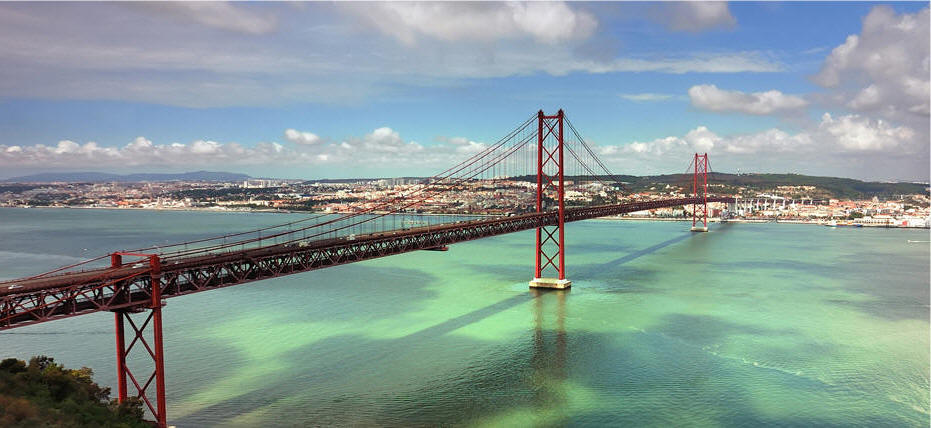
Jerome Monastery
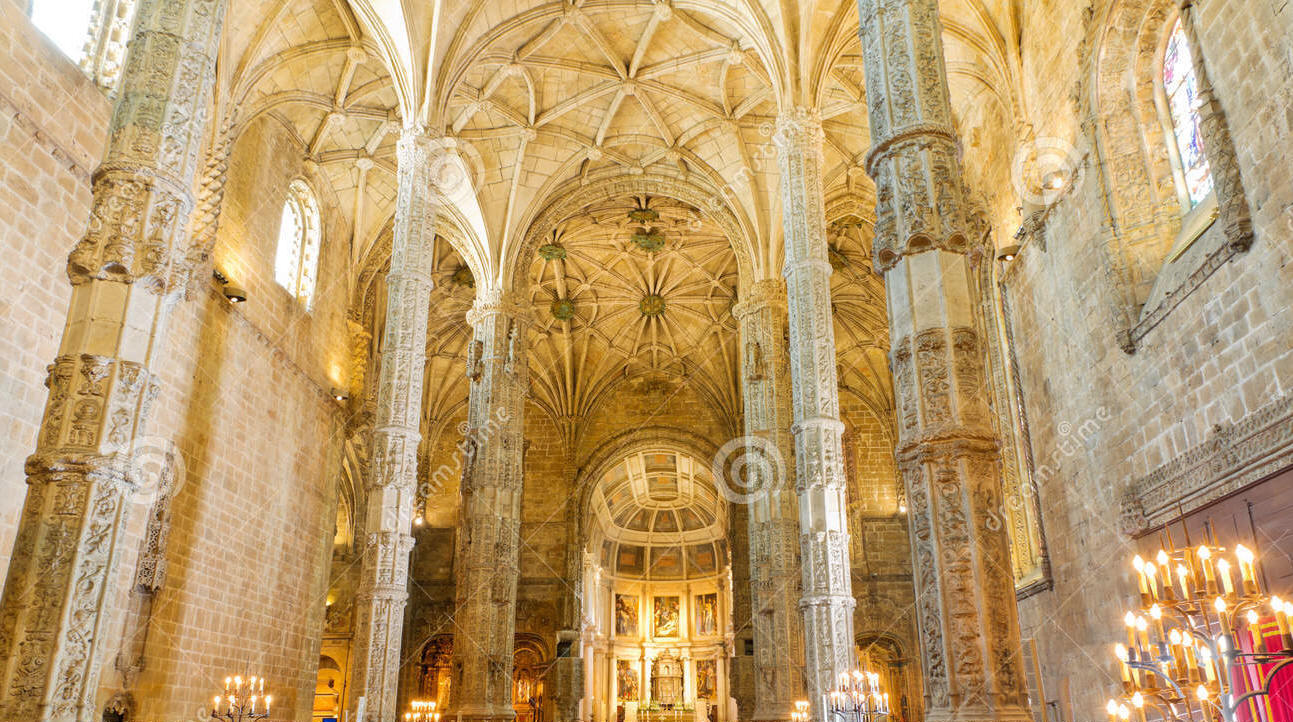
Monasterio de Los Jerónimos
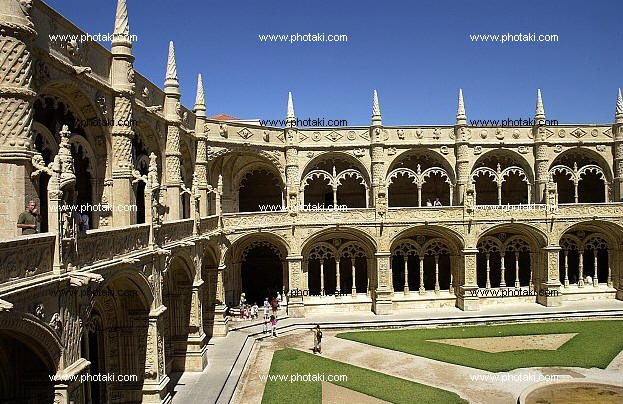
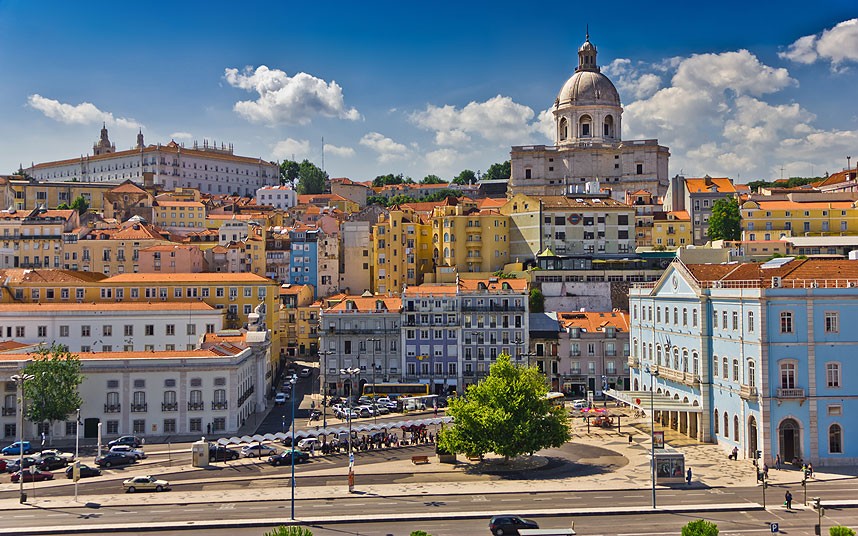
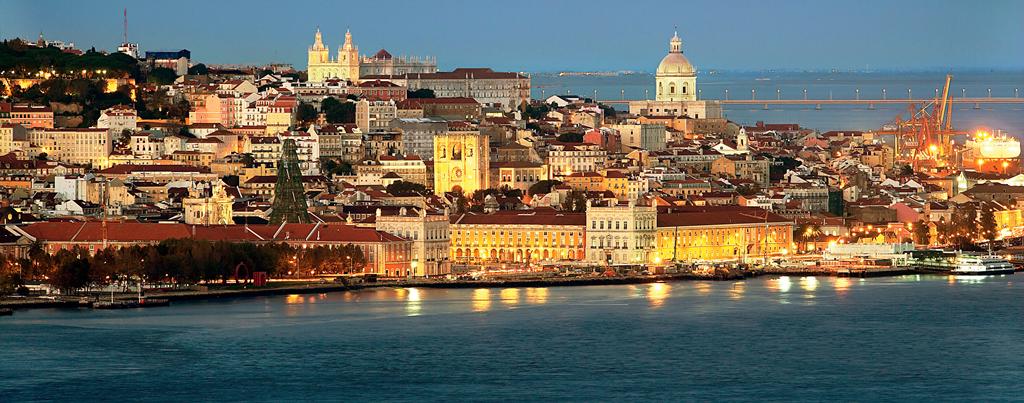

Igreja_de_São_Roque
The Igreja de São Roque (Church of
Saint Roch)
in
Lisbon was the earliest
Jesuit church in the
Portuguese world, and one of the first Jesuit churches anywhere. It served as the Society’s
home church in Portugal for over 200 years, before the Jesuits were expelled from that country.

